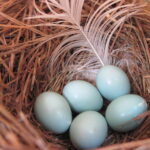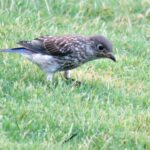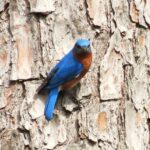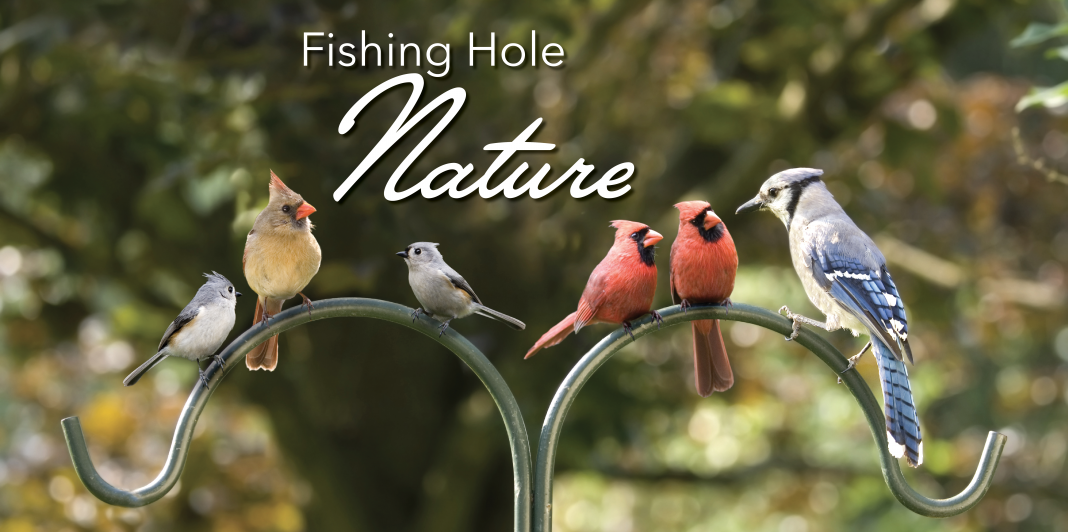Fishin’ Hole Nature:Wolf Creek Park, Perfect Place for Nest Boxes
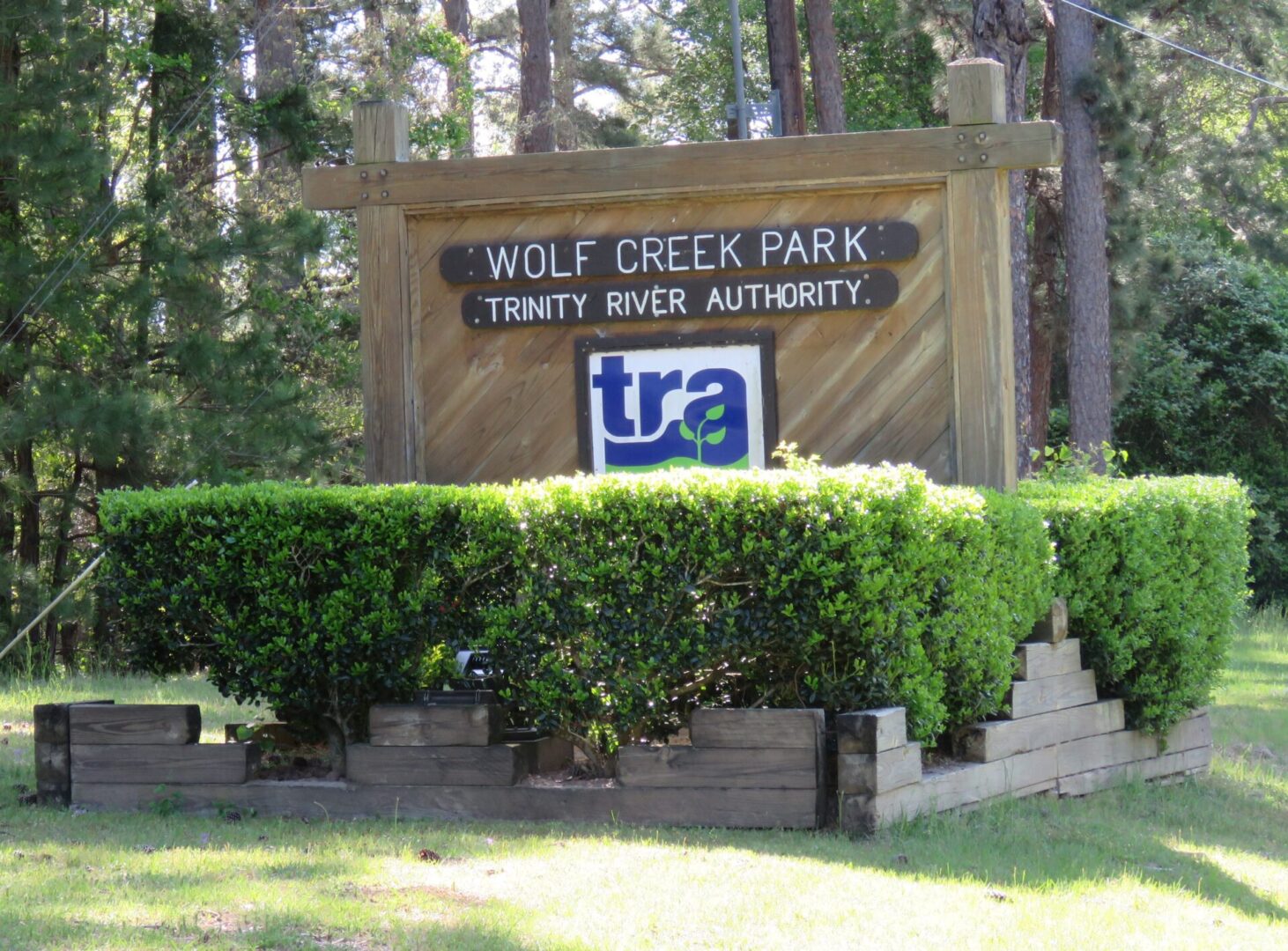
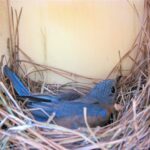
In 2014 the Piney Wood Lakes Chapter of the Texas Master Naturalists received permission from the Trinity River Authority to install a few Eastern Bluebird nest boxes in Wolf Creek Park. Nest boxes were made and installed by members of the chapter, and for 10 years those nest boxes have been doing a fine job of bringing bluebird chicks into the world.
In the last 10 years almost 140 bluebird chicks have fledged from these nest boxes. How are they counted? Fortunately, bluebirds are very tolerant of human interference, and the nest boxes are checked regularly from March to August. Many things are counted, such as the number of eggs, number of hatches and number of feathered chicks ready to fledge from the nests.
Every three years people who check the bluebird nest boxes are required to take a quiz and make a grade of 100% on ethics and nest management. If interested, they can also upload weekly nest, egg and chick data to a program run by Cornell University’s Lab of Ornithology. The program is called Nest Watch. Data from over 7800 bluebird nests across North American were uploaded to Nest Watch in 2023 alone! And over the years citizen scientists have provided nesting data for a significant number of bird species, research projects and published papers.
TRA’s Wolf Creek Park turns out to be a perfect place for nest boxes and campers! It is a beautifully maintained park that is very family friendly, and located in the Piney Woods on the shores of Lake Livingston in San Jacinto County. They have children’s playground equipment, volleyball, basketball, lake swimming, a boat ramp, a general store, and over 100 family camping spots. And now they also have an abundance of bluebirds flying throughout their park!
Learn more about the incredible nature in our area by joining a chapter of the Texas Master Naturalist organization. To find a chapter close to you, or to read about the state program, go online to https://txmn.tamu.edu. Volunteer and get involved!
